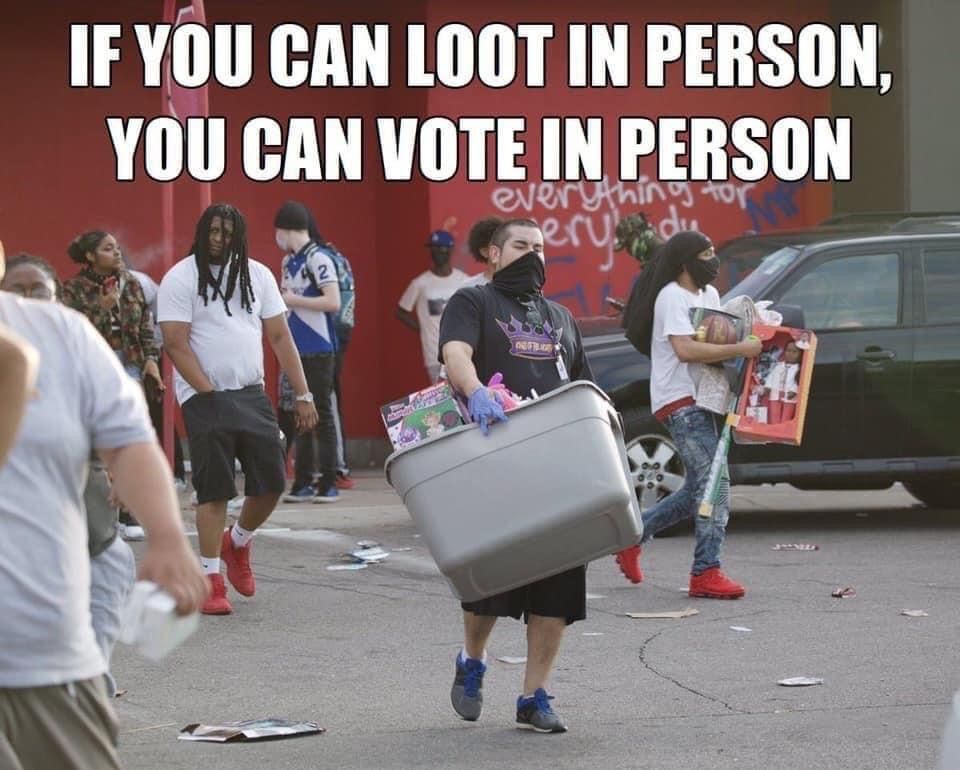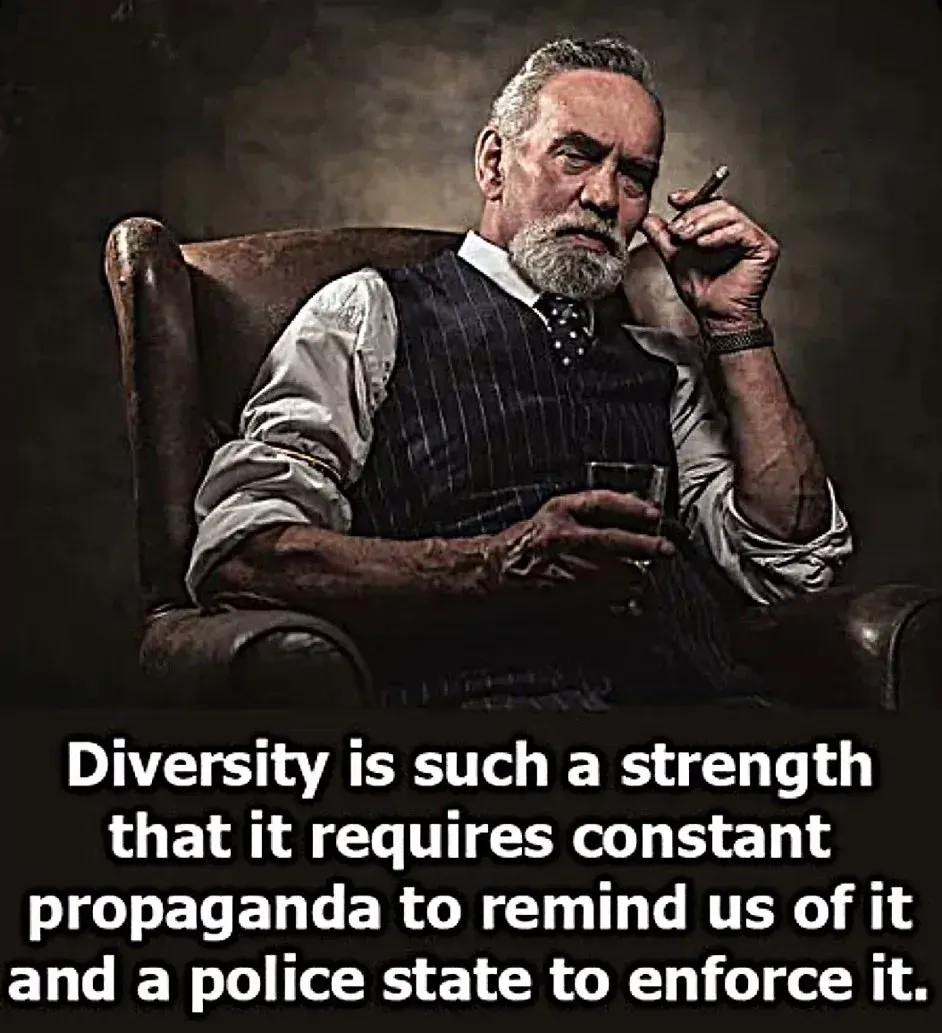The Lunacy of Mail-In Ballots
Why “One Voter, One ID, One Ballot” Worked Just Fine

A Tradition We Tossed Aside
For most of America’s history, voting was a straightforward civic duty. You got up on Election Day, you went to your polling place, you showed your ID (in most states), and you cast your ballot. One person. One ID. One ballot. Clean, simple, and understood by everyone.
Now, apparently that’s “too hard.” We’re told that standing in line for an hour every couple of years is some Herculean task. So the new solution is to blanket the country with mail-in ballots—unsolicited, unverified, and wide open to abuse.
The irony? The old system worked just fine. It wasn’t perfect, no human system is, but at least you could trust that the people voting were actually who they said they were. Mail-in voting takes that basic trust and tosses it in the shredder.
The Pandora’s Box of Mail-In Ballots
When you create a system where millions of ballots are floating around in the mail, you don’t need to be a conspiracy theorist to see the problems. Ballot harvesting—where political operatives “help” entire neighborhoods fill out and return their ballots—becomes the new campaign strategy. Chain of custody? Gone. Ballot stuffing? Suddenly easier.
And no, you don’t have to believe that every election is “stolen” to acknowledge the obvious: when a ballot leaves a polling place, security drops like a rock. In-person voting has eyeballs, signatures, IDs, and ballot boxes under guard. Mail-in ballots have a mailman, a drop box on a street corner, or a “community organizer” with a minivan.
But hey, trust the process, right?
Chaos Over Clarity
Remember when Election Day actually meant something? The votes were counted that night, and by morning, you knew who won. That’s gone. Now it’s “Election Month,” with ballots rolling in for weeks, legal battles over deadlines, and headlines about “found ballots” tipping results days later.
This isn’t democracy—it’s chaos. When the system is so messy that half the country doubts the outcome before the confetti even drops, the system has failed. The whole point of elections isn’t just to pick leaders—it’s to legitimately prove to the losing side that they lost fair and square. Mail-in ballots obliterate that trust.
Trust Matters More Than Turnout
We’re told mail-in ballots “increase turnout.” That may be true. But what good is higher turnout if nobody believes the result? If the losing side walks away convinced the process was rigged, you don’t have democracy—you have civil distrust simmering on the edge of explosion.
The foundation of free government is legitimacy. Not convenience. Not “participation trophies.” Legitimacy. And legitimacy comes from rules everyone agrees are fair, simple, and secure. When you flood the system with mail-in ballots, you sacrifice legitimacy for convenience.
The Common-Sense Alternative
Bring back Election Day. Not Election Month. Not Election Season. Election Day.
Require voter ID. Every civilized country in the world does it, but somehow in America it’s “racist” to expect someone to prove who they are before deciding the future of the nation. Give me a break.
And above all, return to one person, one ID, one ballot. No drop boxes on street corners. No “helpful” ballot harvesters. No mystery boxes of votes showing up at midnight. Just good, old-fashioned voting the way it was done for generations.
Why This Matters
If people don’t trust elections, they don’t trust government. If they don’t trust government, the system cracks. Mail-in ballots don’t unite the country—they divide it. They don’t build confidence—they destroy it.
We once had an election system that was clean, simple, and broadly respected: one voter, one ID, one ballot. Now we’ve replaced it with a chaotic free-for-all that undermines the very thing democracy requires most—faith in the outcome.
That’s the lunacy of mail-in ballots. And until America wakes up, the trust deficit in our elections will keep growing, no matter who wins.
Disclaimer:
The views expressed in this post are opinions of the author for educational and commentary purposes only. They are not statements of fact about any individual or organization, and should not be construed as legal, medical, or financial advice. References to public figures and institutions are based on publicly available sources cited in the article. Any resemblance beyond these references is coincidental.











